
Paul Charles Morphy was an American chess player. During his brief career in the late 1850s Morphy was acknowledged as the world's greatest chess master.

Howard Staunton was an English chess master who is generally regarded as the world's strongest player from 1843 to 1851, largely as a result of his 1843 victory over Pierre Charles Fournier de Saint-Amant. He promoted a chess set of clearly distinguishable pieces of standardised shape – the Staunton pattern promulgated by Nathaniel Cooke – that is still the style required for competitions. He was the principal organiser of the first international chess tournament in 1851, which made England the world's leading chess centre and caused Adolf Anderssen to be recognised as the world's strongest player.
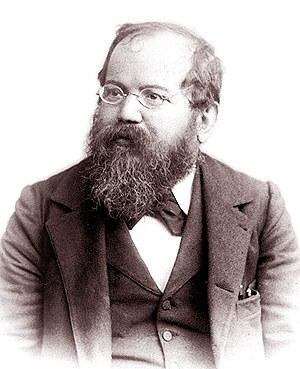
William Steinitz was a Bohemian-Austrian and, later, American chess player. From 1886 to 1894, he was the first World Chess Champion. He was also a highly influential writer and chess theoretician.

Henry Edward Bird was an English chess player, author and accountant. He wrote the books Chess History and Reminiscences and An Analysis of Railways in the United Kingdom.

The Mechanical Turk, also known as the Automaton Chess Player, or simply The Turk, was a fraudulent chess-playing machine constructed in 1770, which appeared to be able to play a strong game of chess against a human opponent. For 84 years, it was exhibited on tours by various owners as an automaton. The machine survived and continued giving occasional exhibitions until 1854, when a fire swept through the museum where it was kept, destroying the machine. Afterwards, articles were published by a son of the machine's owner revealing its secrets to the public: that it was an elaborate hoax, suspected by some, but never proven in public while it still existed.
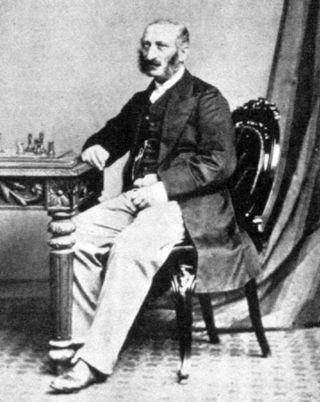
Johann Jacob Löwenthal was a professional chess master. He was among the top 3 players of the 1850s.

Andrew Eden Soltis is an American chess grandmaster, author and columnist. He was inducted into the United States Chess Hall of Fame in September 2011.

Romantic chess is a style of chess popular in the 18th century until its decline in the 1880s. This style of chess emphasizes quick, tactical maneuvers rather than long-term strategic planning. Romantic players consider winning to be secondary to winning with style. The Romantic era of play was followed by the Scientific, Hypermodern, and New Dynamism eras. Games during this era generally consisted of 1.e4 openings such as the King's Gambit and Giuoco Piano. Queen-side pawn openings were not popular and seldom played. The Romantic era is generally considered to have ended with the 1873 Vienna tournament where Wilhelm Steinitz popularized positional play and the closed game. This domination ushered in a new age of chess known as the "Modern", or Classical school, which would last until the 1930s when hypermodernism began to become popular.
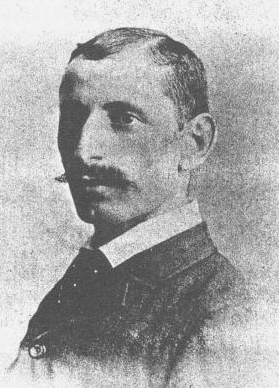
Samuel or Salomon Lipschütz was a chess player and author. He was chess champion of the United States from 1892 to 1894.

Daniel Willard Fiske was an American librarian and scholar, born on November 11, 1831, at Ellisburg, New York. He was awarded American Library Association Honorary Membership in 1895.
William Schlumberger was an Alsatian chess master. He is known to have taught Pierre Charles Fournier de Saint-Amant to play chess and as the operator of The Turk, a chess-playing machine which was purported to be an automaton. It was Bavarian musician and showman Johann Nepomuk Mälzel who hired him to operate The Turk. Schlumberger acted as the Turk's director in Europe and in the United States until his death from yellow fever in 1838.

John Gaughan is an American manufacturer of magic acts and equipment for magicians based in Los Angeles, California. His style of work is classic, not based heavily on machinery and technology.
The American Chess Association (ACA) was a chess organization founded in New York City in 1857. The organization organized the first major chess tournament, the First American Chess Congress, in the United States on October 6, 1857. On November 11, 1857, Paul Morphy, who had defeated Louis Paulsen in the tournament, was presented with a silver service at the prize giving by Colonel Charles D. Mead, President of the ACA. On behalf of Paul Morphy, the American Chess Association offered a $5,000 challenge to any player in Europe to contest a match with the recently crowned ACA champion.
Chess Monthly may refer to:
The American Chess Congress was a series of chess tournaments held in the United States, a predecessor to the current U.S. Chess Championship. It had nine editions, the first played in October 1857 and the last in August 1923.

Napoleon Marache was a chess player, problem composer, and journalist. He was born in France and moved to the United States at around 12 years of age. He learned the game of chess around 1844, and immediately became a devotee. He began composing chess problems and writing about chess the following year. In the mid-19th century, he was both one of America's first chess journalists and one of its leading players. In 1866, he published Marache's Manual of Chess, which was one of the country's first books on chess, and also one of its first books on backgammon. He is perhaps best known today for having lost a famous game to Paul Morphy.
The Staunton–Morphy controversy concerns the failure of negotiations in 1858 for a chess match between Howard Staunton and Paul Morphy and later interpretations of the actions of the two players. The details of the events are not universally agreed, and accounts and interpretations often show strong national bias.
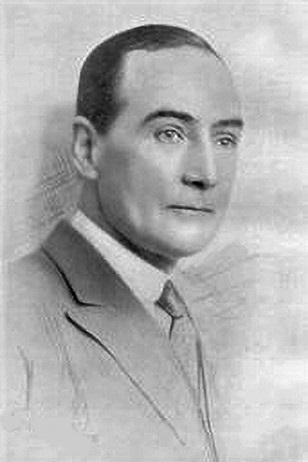
Philip Walsingham Sergeant was a British professional writer on chess and popular historical subjects. He collaborated on the fifth (1933), sixth (1939), and seventh (1946) editions of Modern Chess Openings, an important reference work on the chess openings. He also wrote biographical game collections of Paul Morphy, Rudolf Charousek, and Harry Nelson Pillsbury, and other important books such as A Century of British Chess (1934) and Championship Chess (1938).

James A. Leonard was a young American chess master, who grew up as a son of poor Irish immigrants in New York City. He learned to play chess at age 16 or 17. Before his 20th birthday, he was already famous for his fierce attacking play and prowess at blindfold chess, at which he played as many as ten games simultaneously.
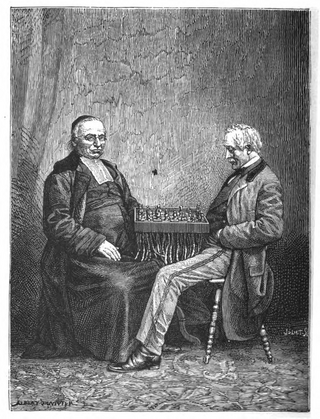
Jean-Louis Preti was a musician and chess writer, specializing in the chess endgame.















